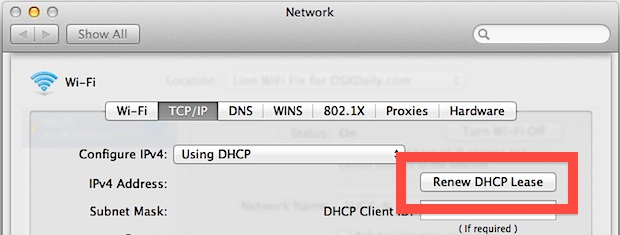Tcp Tweake Tool For A Mac
Posted : admin On 30.01.2019Rules • • does not allow piracy tools, sources, or websites. • Use tags in your title: • [Question] - when asking questions. • [Request] - when requesting a tweak be made. Tags let readers automatically hide posts using. • No misleading or sensationalized titles. Use detailed titles for both news and questions. • Link to the source of news, such as the developer who made the announcement, instead of linking to blogspam.
• No posts about removing passcodes from locked devices. • Attempt to be civil. No egregiously insulting/rude, sexist, racist, homophobic, etc.
On this page: • • • • • • These notes are intended to help users and system administrators maximize TCP/IP performance on their computer systems. Macbook pro ip address. They summarize all of the end-system (computer system) network tuning issues including a tutorial on TCP tuning, easy configuration checks for non-experts, and a repository of operating system specific instructions for getting the best possible network performance on these platforms This material is currently under active revision. Please send any suggestions, additions or corrections to us at nettune@psc.edu so we can keep the information here as up-to-date as possible. The window scale option (WSCALE) is the most important RFC1323 feature, and can be quite tricky to get correct.

Window scale provides a scale factor which is required for TCP to support window sizes that are larger than 64k Bytes. Most systems automatically request WSCALE under some conditions, such as when the receive socket buffer is larger than 64k Bytes or when the other end of the TCP connection requests it first. WSCALE can only be negotiated at the very start of a connection.
If either end fails to request WSCALE or requests an insufficient value, it cannot be renegotiated later during the same connection. Although different systems use different algorithms to select WSCALE they are all generally functions of the maximum permitted buffer size, the current receiver buffer size for this connection, or in some cases a global system setting. Note that under these constraints (which are common to many platforms), a client application wishing to send data at high rates may need to set its own receive buffer to something larger than 64k Bytes before it opens the connection to ensure that the server properly negotiates WSCALE. A few systems require a system administrator to explicitly enable RFC1323 extensions. If system cannot (or does not) negotiate WSCALE, it cannot support TCP window sizes (BDP) larger than 64k Bytes. Firefox. Another RFC1323 feature is the TCP Timestamp option which provides better measurement of the Round Trip Time and protects TCP from data corruption that might occur if packets are delivered so late that the sequence numbers wrap before they are delivered. Wrapped sequence numbers do not pose a serious risk below 100 Mb/s, but the risk becomes progressively larger as the data rates get higher.
Due to the improved RTT estimation, many systems use timestamps even a low rates. • TCP Selective Acknowledgments Option (SACK, RFC2018) allow a TCP receiver inform the sender exactly which data is missing and needs to be retransmitted. Without SACK TCP has to estimate which data is missing, which works just fine if all losses are isolated (only one loss in any given round trip). Without SACK, TCP often takes a very long time to recover following a cluster of losses, which is the normal case for a large BDP path with even minor congestion.
Snipping Tool For A Mac
SACK is now supported by most operating systems, but it may have to be explicitly turned on by the system administrator. If you have a system that does not support SACK you can often raise TCP performance by slightly starving it for socket buffer space, The buffer starvation prevents TCP from being able to drive the path into congestion, and minimize the chances of causing clustered losses. Additional information on commercial and experimental implementations of SACK is available at. • Path MTU The host system must use for the path.
Primary note: Leopard (10.5.x) has an auto-tuning TCP/IP stack. There is no longer a need for user intervention. First of all, if you've run the Tweak Tester it likely advised you to turn on. NetCrunch Tools is a completely free toolkit for network professionals, featuring Ping, Traceroute, Wake OnLAN, DNS Info, Who Is, Ping Scanner, Service Scanner, Open TCP Port Scanner, SNMP Scanner, DNS Audit and Mac Resolver in one.